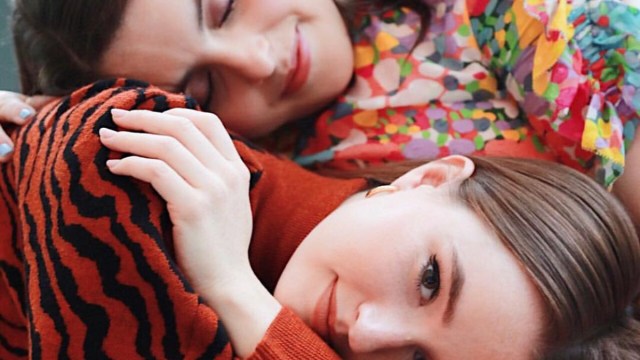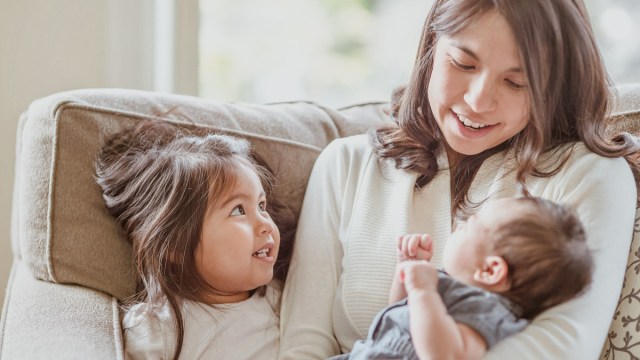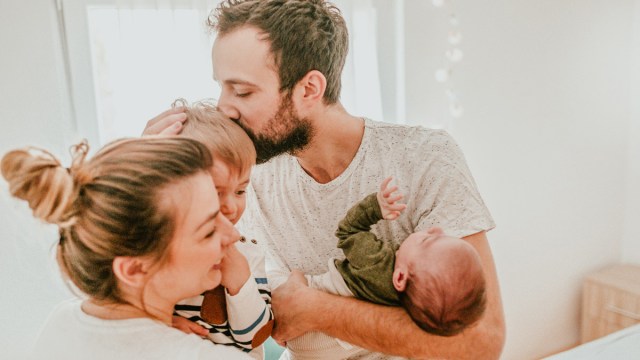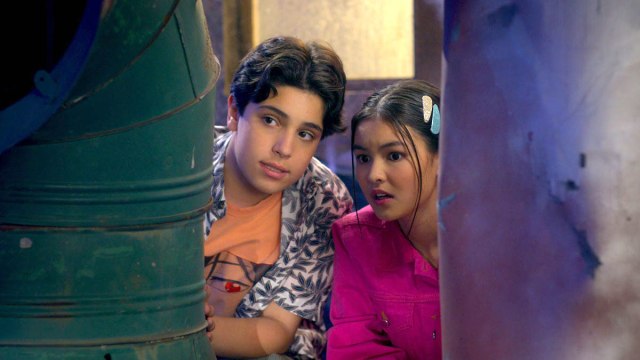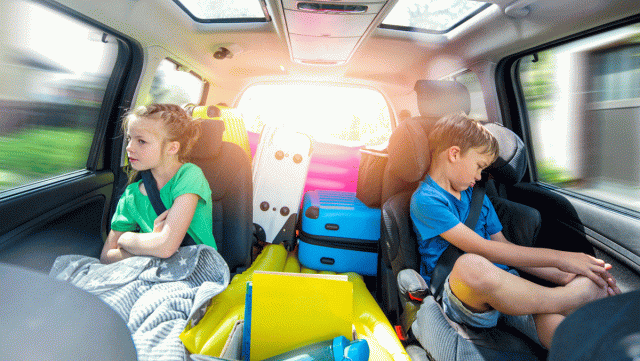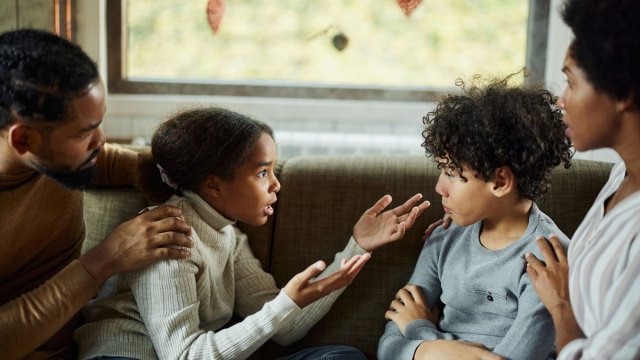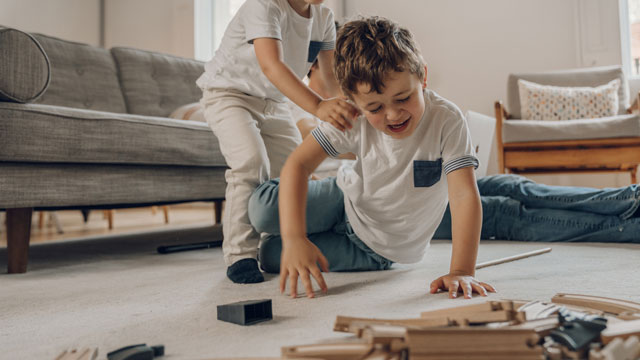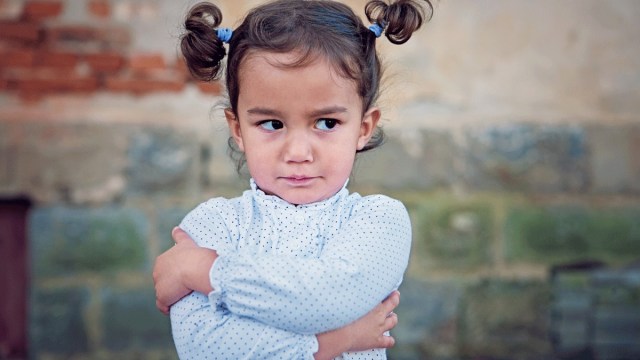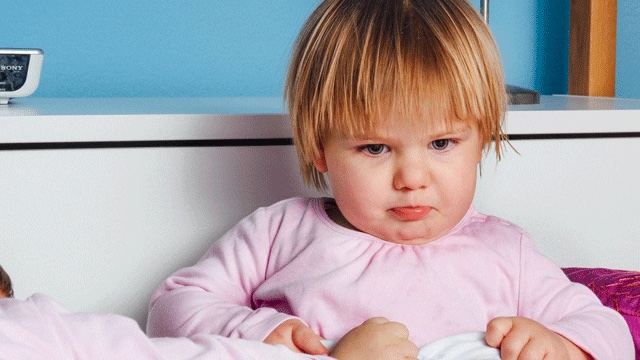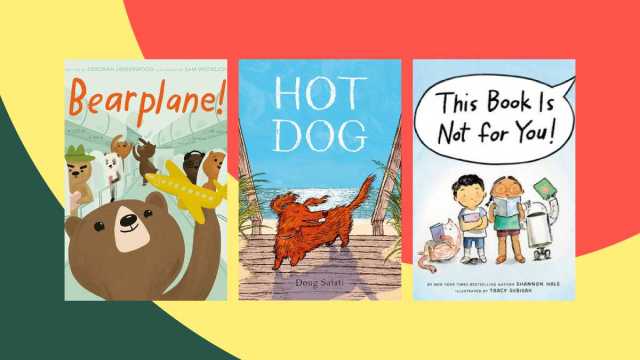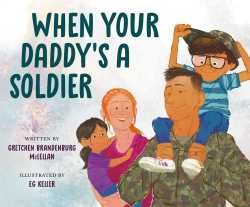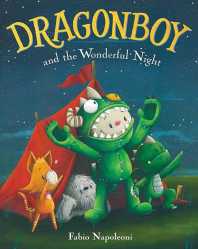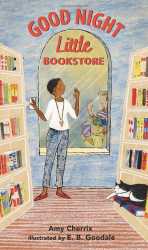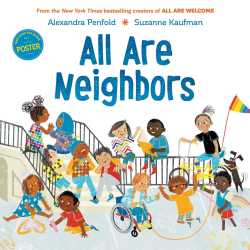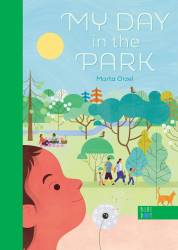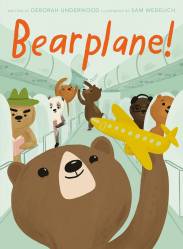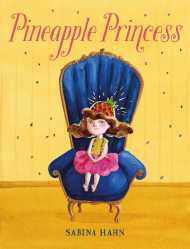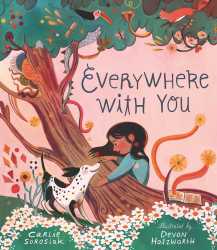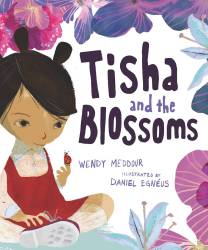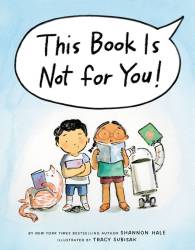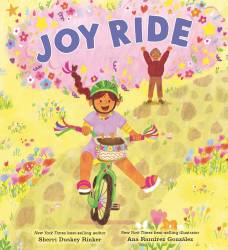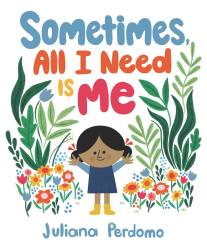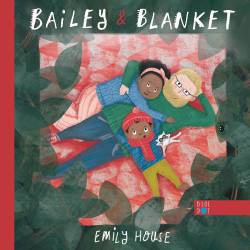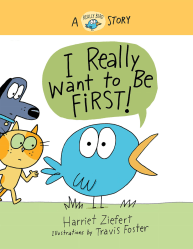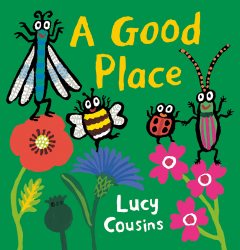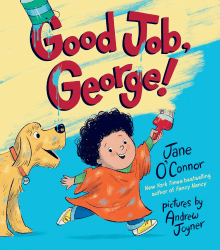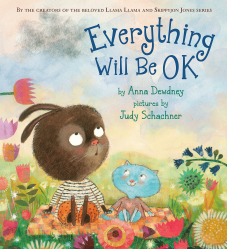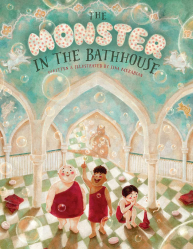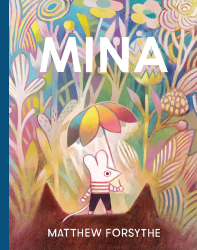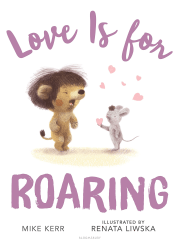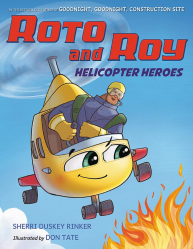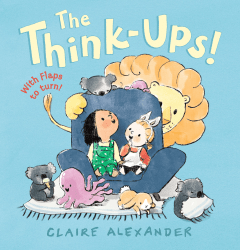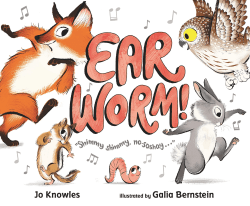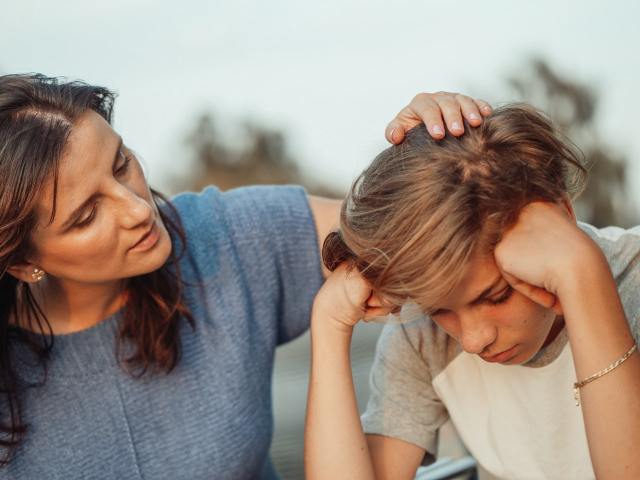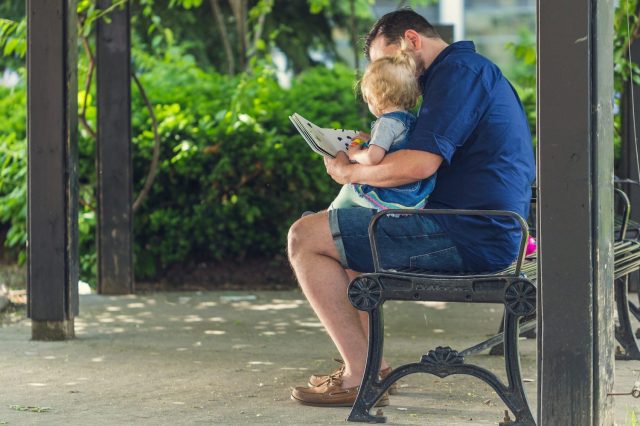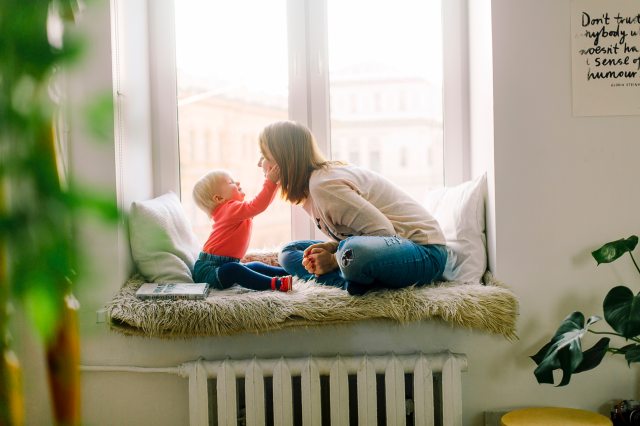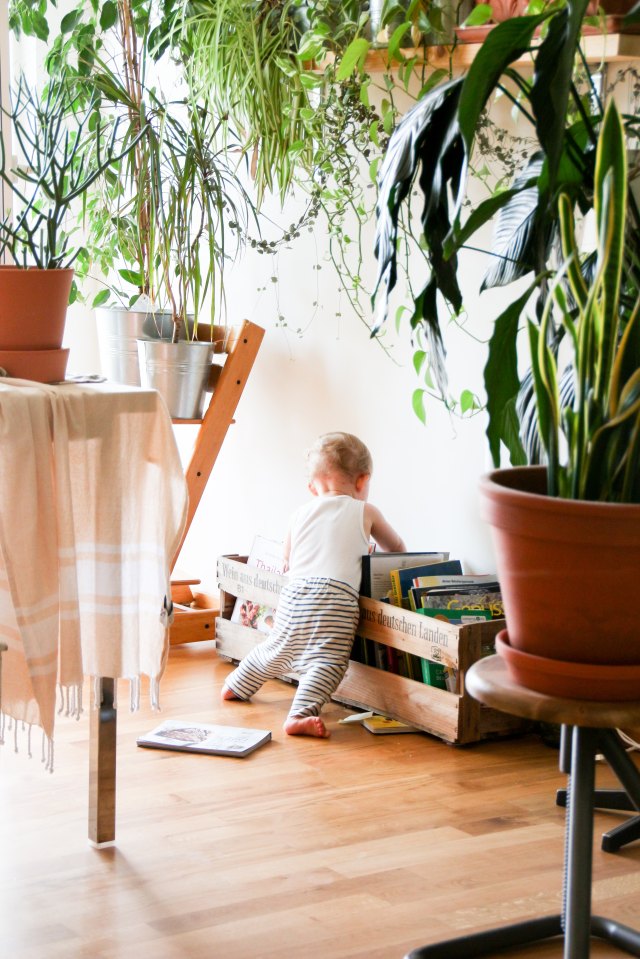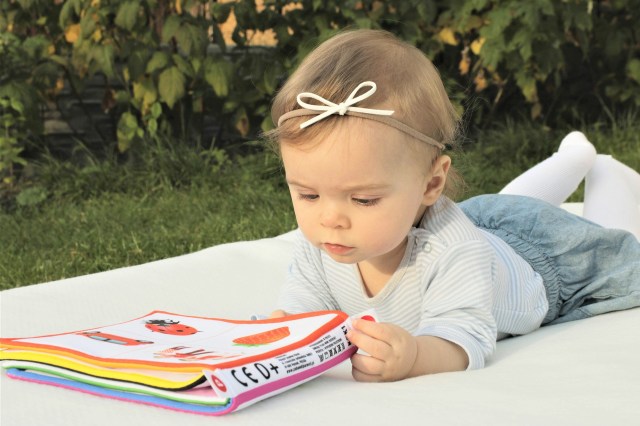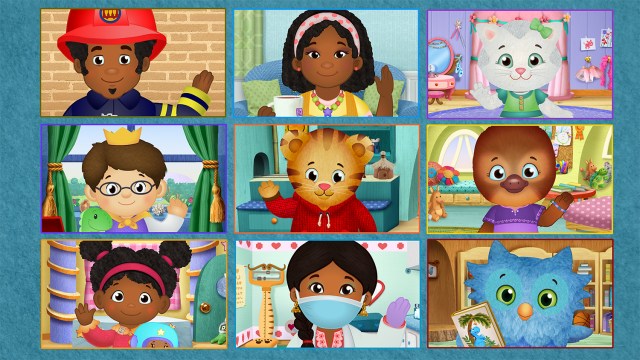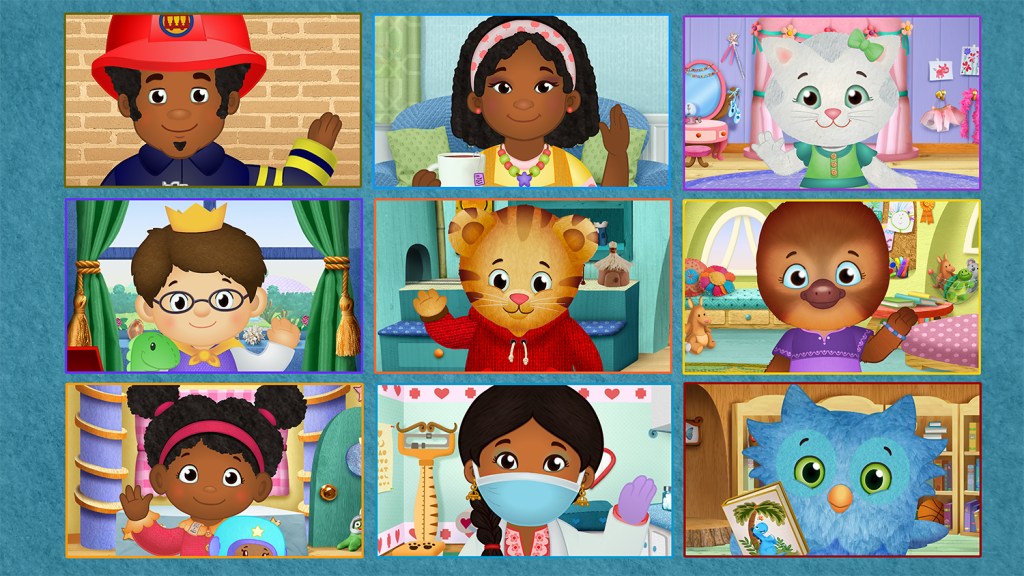If it were up to Hollywood, high school would be a place where popular kids never get zits, every student is a professional dancer, and geeks are one makeover away from becoming prom queen. Yeah, not so much. IRL, the halls of high school harbor angst, absurdities, and awkwardness. Oh, and hormones. Gobs of hormones. Luckily, there are those films that do get the experience right. Ahead are 21 high school movies you’ll want to watch with your tweens and teens. And who knows? Maybe they’ll open up about a thing or two.
Looking for other movies to watch with kids? Check out our favorite movies with a father-daughter bond, our favorite movies about friendship, and the best coming-of-age movies that should be required viewing.
Booksmart
Olivia Wilde’s directorial debut perfectly portrays the experience of overcoming misconceptions. Seniors Molly and Amy are closing out high school with Ivy Leagues on the horizon. When they learn the social crowd is also headed to equally esteemed schools, they decide to indulge in a little teenage debauchery the night before graduation. A familiar narrative, maybe, but Wilde’s injection of female friendship and a cast that flies the rainbow flag freely make this high school movie so very special.
Stream it on Tubi
Bottoms
Ayo Edebiri (The Bear) and Rachel Sennott (Bodies Bodies Bodies) team up for a queer comedy about two best friends who start an after-school fight club to attract the attention of their dream girls and lose their virginity before graduation. Warped and exaggerated, yet authentic and relatable, Emma Seligman’s satirical take on the awkward high school experience is grade-A hilarity and exactly the knockout crowd-pleaser we are coming to expect from the darkly comedic director on the rise.
Stream it on Prime Video
CODA
Ruby has a lot on her plate. The only hearing person in her family, she helps run her father’s fishing boat, acts as her family’s interpreter, and haggles with fish buyers—and that’s before she even gets to school. But Ruby, a senior, has a secret: She loves to sing and wants to attend the Berklee College of Music. Cue the clash with her parents. A three-time Oscar winner, Sian Heder’s tearjerker isn’t without its stereotypes, but above all, it’s a genuine, relatable, and thoughtful representation of deaf culture.
Stream it on Apple TV+
The Half of It
Set in the Pacific Northwest, The Half of It unfolds through Ellie Chu, a 17-year-old wordsmith recruited by an athlete to help him write a love letter to the girl they are both crushing on. Sound familiar? That’s because Alice Wu’s near-perfect rom-com is a modern take on Cyrano de Bergerac. Here, Wu subverts teen movie tropes and instead focuses on connections made outside of messy hormonal drama. But where the film really gets it right is right there in its tagline: “Not every love story is a romance.”
Stream it on Netflix
10 Things I Hate About You
We could list 10 things we love about this 1999 rom-com, but to save time and space, we’ll just say Karen McCullah and Kirsten Smith’s screenplay is a feminist take on Shakespeare’s Taming of the Shrew, and that’s reason enough to hit play. If you need more, this high school movie about two sisters and the boys trying to court them is also bolstered by strong performances from its core cast (Heath Ledger, Julia Stiles), while offering fresh takes on themes of sibling rivalry, ruined reputations, and self-identity.
Stream it on Disney+
Lady Bird
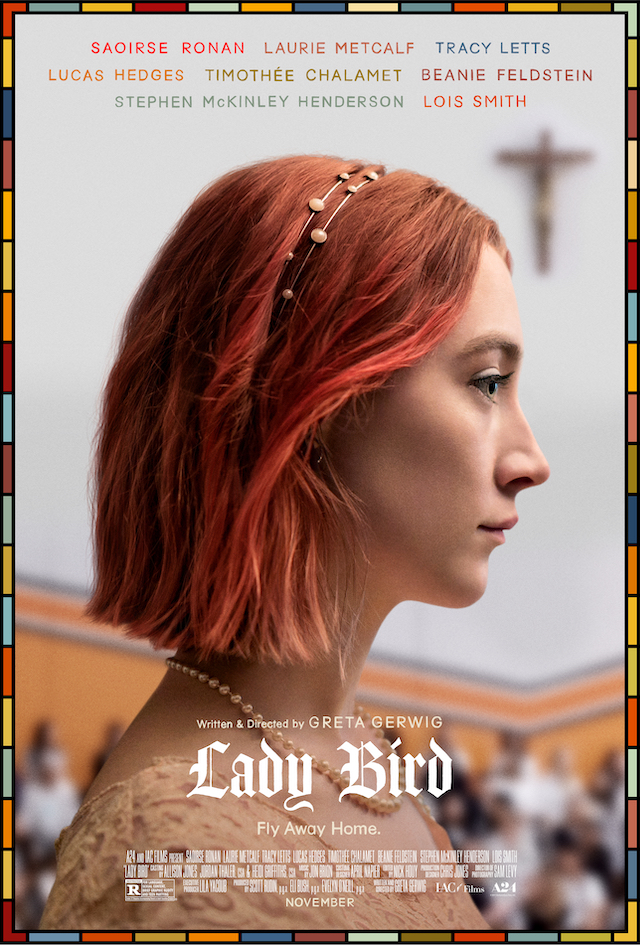
Greta Gerwig takes a drive down her own memory lane (or nightmare alley, depending on how you look at it) for the narrative in Lady Bird. Written and directed by the Sacramento native, the film was inspired by her own coming-of-age, capturing teenage angst like no other. Beyond accurately representing the all-encompassing, overly dramatic flirtatious moments with boys and the spirited bond between two best friends, Gerwig’s depiction of the nuances of the mother/teen-daughter relationship gets an A+.
Stream it on Prime Video
Moxie
Amy Poehler steps behind the lens to direct the film adaptation of Jennifer Mathieu’s same-name novel. Though a work of fiction, Moxie pulls from the author’s own experiences with the Riot Grrrl movement of the ’90s to tell a coming-of-age story about a shy 16-year-old who fights the patriarchy in her school by publishing a feminist zine. Sexism, antiquated traditions, toxic masculinity: Poehler takes care to highlight today’s seemingly benign behaviors and offers a master class on how to dispel them.
Stream it on Netflix
Dope
Shameik Moore will steal your heart as Malcolm, a straight-A student navigating street crime, peer ridicule, and, of course, the SATs. He and his best friends live in a neighborhood of Inglewood called the Bottoms, but if Malcolm and his Harvard aspirations are any indication, he’s headed straight for the top. That is until a run-in with a drug dealer threatens to derail everything. Blending hood drama with teen comedy, Dope is a highly entertaining take on being young, Black, and othered in today’s America.
Stream it on Netflix
To All the Boys I’ve Loved Before
Author Jenny Han’s beloved To All the Boys trilogy got the Netflix treatment, with the streamer adapting each book for the screen over three years. But, it’s the first installment, introducing Lara Jean and Peter, that deserves all the X’s and O’s. A reinvented rom-com that revamps tired tropes, celebrates diversity, and speaks to anyone who’s ever had a crush, TATBILB begins with Lara Jean’s love letters being mysteriously mailed to their recipients and ends by giving rise to one of the best YA couples of all time.
Stream it on Netflix
Prom Pact
Two tropes that often mosey their way into high school comedies? Proms and pacts. Usually, both intertwined with another coming-of-age trope: S-E-X. But director Anya Adams breaks the formulaic mold with Prom Pact, a rom-com about a feminist firebrand in the making, her plucky best friend, and their agreement to go to prom as long there’s no slow dancing. A sleeper hit of 2023, this send-up of seminal ’80s classics like Pretty in Pink subverts expectations, offering instead a thoughtful charmer full of surprises.
Stream it on Disney+
Related: 15 Movies Your Tweens Will Watch without Rolling Their Eyes
The Hate U Give
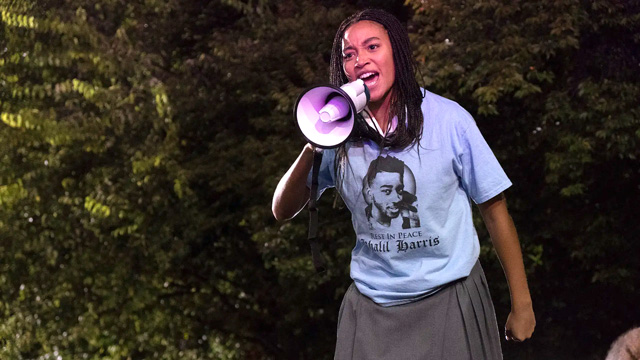
Starr Carter is living a double life. During the week, she attends a predominantly white prep school. But on the weekends, she lets loose in Garden Heights, the lower-income neighborhood where she grew up. It’s only after one fateful night, when her best friend is killed by a police officer, that her two paths converge and she finds her singular voice. An important film, George Tillman Jr.’s hefty crime drama might be the conversation starter you need to talk with your kids about race and police brutality.
Stream it on Prime Video
Remember the Titans
Based on the real-life events surrounding Coach Herman Boone and the integration of his high school football team, Remember the Titans is a Disney classic that delivers all the chill bumps. Not only does it offer a glorious sports story, but the film’s depiction of a divided Southern town that eventually unites is inspiration gold. Of course, this is the House of Mouse, where saccharine flourishes always win out, but, hey, when a film recruits Ryan Gosling, Marvin Gaye, and Denzel Washington, it simply can’t lose.
Stream it on Disney+
The Edge of Seventeen
You know those movies that are so easy to watch you don’t want them to end? This is one of those movies. Set during the fall season, this gem from writer/director Kelly Fremon Craig stars Hailee Steinfeld as Nadine, a 17-year-old tortured by her own emotions and hormones. When her best friend, Krista, starts dating her older brother, well, life gets worse. A candid coming-of-age tale told with refreshing wit and charming zing, Seventeen is a welcome addition to the teen drama canon.
Stream it on TBS
Mean Girls
High school: where kids can recite the quadratic equation and evaluate limits, but get stumped when it comes to figuring out girl rules. This is why we can’t forget about Mean Girls, a fun romp about a naive teen (Lindsay Lohan) who upends the social hierarchy at her new school. Though it might be a bit exaggerated, thanks to the hilarious contributions of writer Tina Fey, this Mark Waters classic high school movie tackles the harsh reality of bullying and the consequences of trying to fit in with the wrong crowd.
Stream it on Paramount+
Do Revenge
Sure, Do Revenge takes up residence in the privileged lives of high schoolers who go to tennis camp, throw lavish parties, and frequent ritzy country clubs, but there are elements of this Gen Z prize that ring true. Namely navigating bullies, female friendships, and the consequences of digital living. A contemporary watch, Do Revenge is also an homage to the teen-coms that defined yesteryear (Heathers, Clueless, Easy A). Not to mention, it has a truly stellar soundtrack both parents and their teens will enjoy.
Stream it on Netflix
Related: 14 Coming-of-Age Movies That Should Be Required Viewing
Love & Basketball
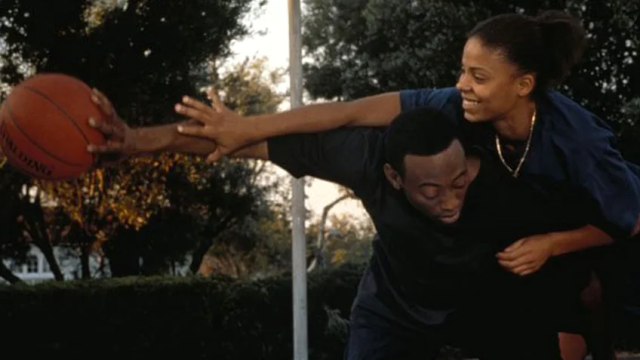
Sex happens. So, thank goodness there are filmmakers like Gina Prince-Bythewood who pay special attention when depicting the act on the screen. Starring Sanaa Lathan and Omar Epps, Love & Basketball tracks one couple’s relationship over the decades, with most of their narrative set during high school. Beyond authentically portraying the aforementioned “first time” (with a particularly memorable needle drop, we might add), the movie explores gender equality in sports, celebrating women’s basketball with the shout-out it deserves.
Stream it on Hulu
Chang Can Dunk
It’s the beginning of his sophomore year and Chang, a 16-year-old NBA buff whose other interests include band and the new girl named Christy, has only one goal: Prove to the entire school he can slam dunk. His aspiration to fly through the air like a swag god is the result of some alpha-male rivalry, part of what first-time director Jingyi Shao gets right about the hormone headquarters also called high school. Beyond the courtside machismo, Shao weaves in the immigrant experience and delivers a winning coming-of-ager the whole family will love.
Stream it on Disney+
The Breakfast Club
The quintessential scribe of ’80s teen angst, John Hughes is responsible for several iconic films. Perhaps the most heralded? The Breakfast Club. Capturing the essence of cliques and the pressure to conform, the film spends a Saturday in detention bonding with a group of archetyped students. Although some scenes don’t hold up today (an observation made by Molly Ringwald herself), this cult classic reminds us that no matter how different we may seem on the surface, we are all the same insecure youths on the inside.
Stream it on Prime Video
Superbad
Directed by Greg Mottola and written by real-life best friends Seth Rogen and Evan Goldberg, Superbad turns the raunch dial way up for an essential high school movie comedy that really nails the teen experience, the idea of the bromance, and the awkwardness that infiltrates the halls of every high school. About two social outcasts who throw a house party to impress some girls, the 2007 film also changed the genre at the time, openly hurling penis jokes and packing its reel with as much coital chatter as its R rating would allow.
Stream it on Prime Video
Dazed and Confused
Richard Linklater always gets slice-of-life filmmaking right. From Boyhood to Everybody Wants Some to this retro delight, the Texas director is a master of nostalgia, essentially making the viewer feel like a tourist in a series of Polaroids snapped during personal milestones. Set in 1976 on the last day of school, Dazed and Confused does just that as it tags along with a group of teens maneuvering spilled beers, bong clouds, and unruly upperclassmen. Familiar faces include Matthew McConaughey and Ben Affleck.
Stream it on Prime Video
